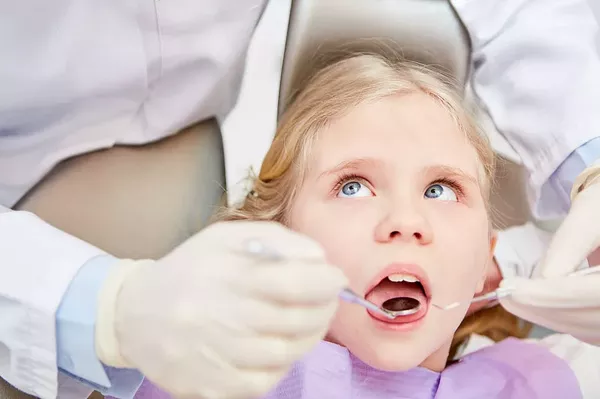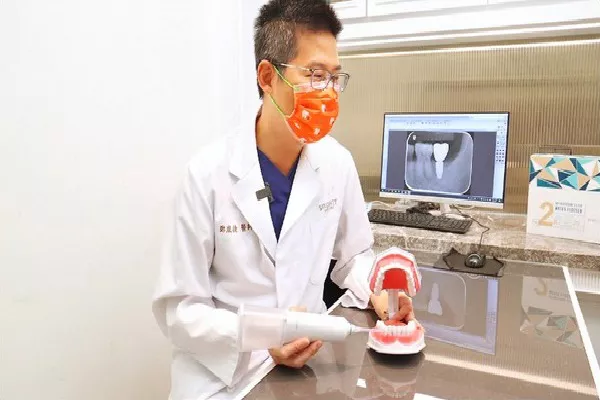In the realm of dental health, undergoing wisdom tooth extraction is a common rite of passage for many individuals. While the procedure itself may be swift, the lingering concern often revolves around the duration of post-operative pain. In this comprehensive guide, we delve into the factors influencing the longevity of pain after wisdom tooth extraction and explore effective strategies for managing discomfort.
1. The Immediate Aftermath: Hours to First Few Days
The initial stage of post-wisdom tooth extraction pain is often characterized by residual anesthesia wearing off and the onset of natural healing processes. During the first few hours, patients may experience numbness, tingling, or a dull ache around the extraction site. However, as the anesthesia diminishes, discomfort can intensify.
Extended Details:
As the local anesthesia administered during the extraction begins to subside, it is not uncommon for patients to feel a gradual increase in pain. This can peak within the first 24 to 48 hours post-surgery. The body’s natural inflammatory response plays a role in this discomfort, as the tissues around the extraction site swell and become sensitive.
To manage this early-stage pain effectively, dentists often prescribe pain medications such as ibuprofen or acetaminophen. These medications not only alleviate pain but also help to reduce inflammation, expediting the overall recovery process.
2. Factors Influencing Pain Duration
Understanding the factors that contribute to the duration of post-wisdom tooth extraction pain is crucial for setting realistic expectations and developing effective pain management strategies.
Extended Details:
a. Complexity of Extraction: The complexity of the wisdom tooth extraction procedure itself can significantly impact the duration of post-operative pain. Teeth that are impacted or require more intricate extraction methods may lead to a longer recovery period.
b. Individual Healing Response: Each person’s body responds differently to surgical procedures. Factors such as overall health, immune system function, and adherence to post-operative care instructions play a role in determining how swiftly one heals and recovers from wisdom tooth extraction.
c. Age and Genetics: Younger individuals often experience a faster recovery compared to older adults. Additionally, genetic factors can influence how one responds to the extraction process and subsequent healing.
d. Oral Hygiene and Follow-up Care: Adhering to proper oral hygiene practices and following post-operative care instructions provided by the dentist are paramount. Failure to do so may prolong the recovery period and contribute to increased pain.
3. The Midpoint: Days 3 to 7
As the initial swelling subsides, patients typically enter a phase where the intensity of pain gradually diminishes. During this period, proper care and adherence to post-operative guidelines become increasingly crucial.
Extended Details:
a. Reduced Swelling: Days 3 to 7 mark a significant reduction in swelling around the extraction site. This contributes to a decline in pain levels as the body continues to heal.
b. Gradual Tissue Healing: The tissues surrounding the extraction site undergo gradual healing during this phase. While some residual discomfort may persist, it is essential to differentiate between normal healing sensations and signs of complications.
c. Importance of Follow-up Appointments: Dentists often schedule follow-up appointments during this period to monitor progress, address any concerns, and ensure proper healing. These appointments provide an opportunity for adjustments to the treatment plan if needed.
4. Long-Term Considerations: Beyond the First Week
While acute pain typically subsides within the first week, patients may experience residual discomfort for a more extended period. Understanding the long-term considerations is vital for managing expectations and promoting optimal recovery.
Extended Details:
a. Complete Tissue Healing: Complete tissue healing may take several weeks, during which patients may still encounter mild discomfort. This is a natural part of the healing process, and adherence to post-operative care instructions remains crucial.
b. Residual Sensitivity: Some individuals may experience heightened sensitivity in the area even after the initial healing period. This sensitivity is often temporary and can be managed with the guidance of the treating dentist.
c. Return to Normal Activities: Most patients can gradually return to their normal activities, including regular eating habits, within the first few weeks. However, it is advisable to avoid strenuous physical activities during the initial stages of recovery.
5. Pain Management Strategies: A Holistic Approach
Effective pain management goes beyond medication and encompasses a holistic approach to oral health during the recovery period.
Extended Details:
a. Proper Medication Usage: Adhering to prescribed pain medications and anti-inflammatory drugs is crucial. Patients should follow the recommended dosage and consult their dentist if they experience any adverse effects.
b. Cold Compress and Warm Saltwater Rinses: Applying a cold compress to the cheek and rinsing with warm saltwater can provide additional relief. These simple measures help reduce swelling and promote a clean healing environment.
c. Soft Diet and Hydration: Opting for a soft diet during the initial recovery phase minimizes stress on the healing tissues. Staying hydrated is equally important for overall healing and oral health.
d. Avoiding Tobacco and Alcohol: Tobacco use and excessive alcohol consumption can impede the healing process and contribute to prolonged pain. Patients are advised to abstain from these substances during the recovery period.
6. When to Seek Professional Guidance
While some level of discomfort is normal, certain signs may indicate complications that require prompt attention from a dental professional.
Extended Details:
a. Persistent or Intense Pain: If pain remains intense or increases after the first week, it is advisable to consult the dentist promptly. This may be indicative of infection or other complications.
b. Swelling or Pus Formation: Swelling accompanied by pus around the extraction site suggests a potential infection. Immediate dental evaluation is necessary to address the issue and prevent further complications.
c. Persistent Bleeding: While mild oozing is normal initially, persistent or heavy bleeding beyond the first day warrants immediate attention. This may indicate issues with blood clot formation.
In conclusion, the duration of pain after wisdom tooth extraction is a dynamic process influenced by various factors. By understanding the stages of recovery, considering individual factors, and adopting effective pain management strategies, patients can navigate this period with greater ease. Always consult with your dentist for personalized guidance and to address any concerns throughout the recovery journey.
































